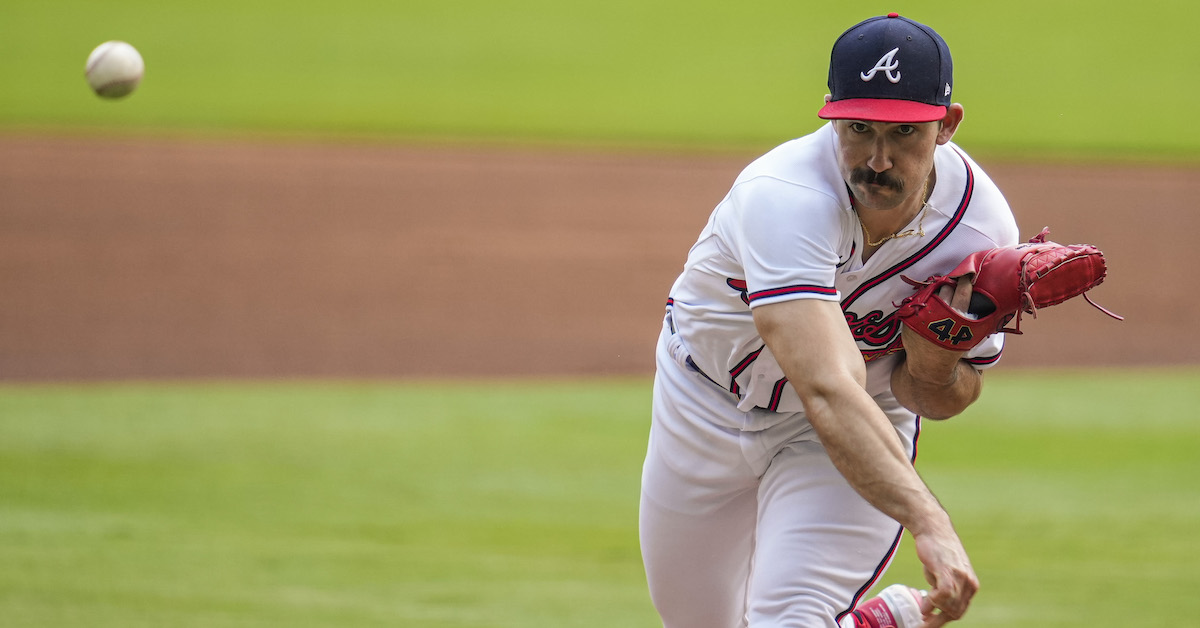Opportunity Knocks, and the NLCS-Bound Phillies Answer

Sometimes, you eat the bear. Sometimes, the bear eats you.
And at still other times, you eat it against the left center field wall. For the second day in a row Michael Harris II, who despite his youth is already one of the best defensive outfielders in the game, came off worse in a confrontation with a fence. On Friday night, the W.B. Mason sign knocked the ball out of his mitt, turning what would’ve been a spectacular catch into an RBI double for Bryce Harper. And not 24 hours later, Harris, the ball, and a neighboring State Farm ad came together to produce an inside-the-park home run for J.T. Realmuto.
With an 8–3 win in front of a bloodthirsty home crowd, the Phillies completed an upset victory over the rival Braves and are on their way to the NLCS. The inside-the-park home run wasn’t the play that made the game; in fact, by win probability, it was only the fourth-most impactful dinger of the afternoon. But if you watch enough baseball, you’ll learn to recognize signs that this just isn’t your day. For the Braves, surrendering the first inside-the-park homer by a catcher in postseason history, minutes after their starter got knocked out of the game by a line drive… signs don’t come much clearer than that. Read the rest of this entry »









